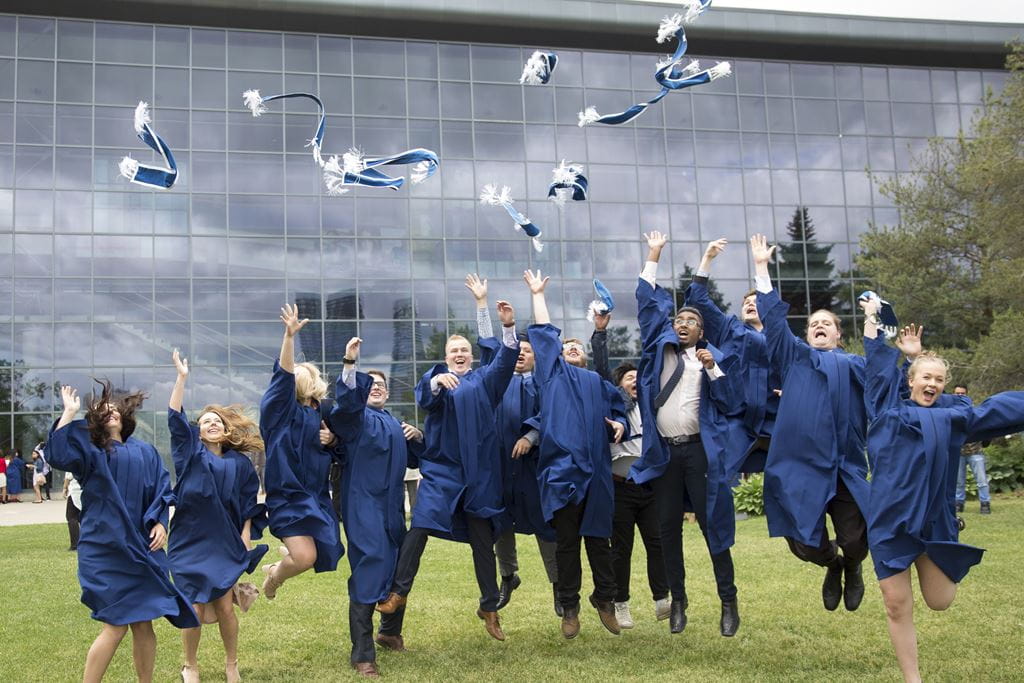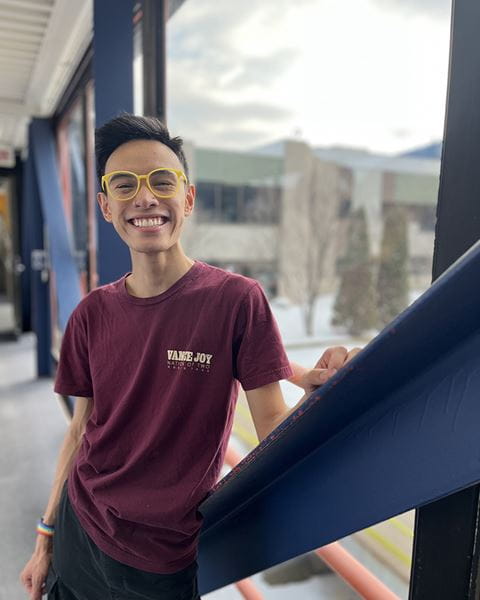Alumni stories
Alumni news
- Four Sheridan alumni nominated for Annie AwardsJan 16, 2025 | Arts & Design
- Sheridan alumni vie for Colleges Ontario Premier’s AwardsNov 7, 2024 | Community
- Sheridan to celebrate more than 4,000 graduates at fall convocationOct 8, 2024 | Community














